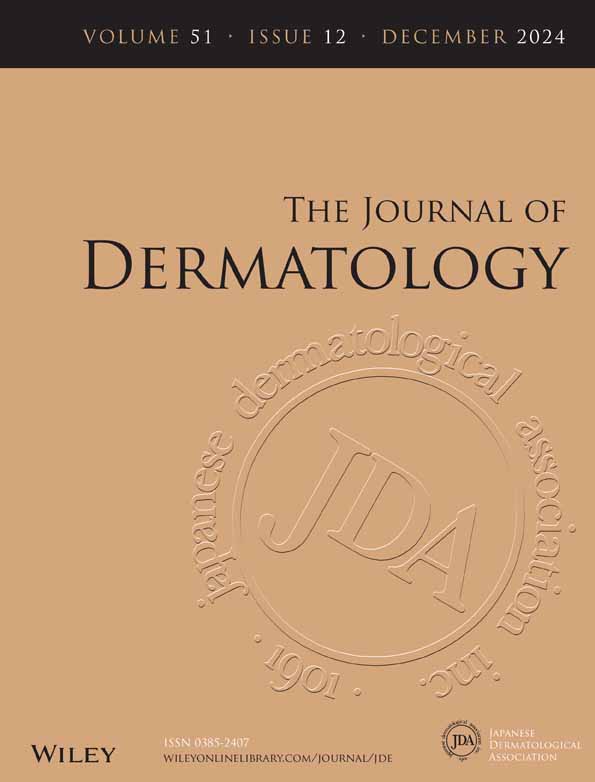Elevated serum vasohibin-1 levels in atopic dermatitis: Implications for disease chronicity
Abstract
Atopic dermatitis (AD) is often characterized by chronic skin changes of dermal fibrosis, typically regulated by inflammatory and angiogenic factors. However, the significance of angiogenesis inhibitory factors in the development of AD is poorly understood. The present study investigated the potential role of an angiogenesis inhibitory factor, vasohibin-1 (VASH1), in AD by evaluating serum and skin VASH1 levels and their correlation with clinical features. The results showed that VASH1 expression levels in both the serum and skin of patients with AD were significantly elevated compared to healthy controls. Immunohistochemical staining of AD skin showed increased VASH1 expression in dermal vascular endothelial cells. Notably, there was a significant correlation between serum VASH1 levels and disease duration as well as VASH1 and vascular endothelial growth factor A expression levels in the skin tissue of patients with AD. These results may suggest a pathogenesis of increased angiogenesis and associated elevated inhibitory processes accompanying inflammation in the chronic phase of AD.
CONFLICT OF INTEREST STATEMENT
None declared.




